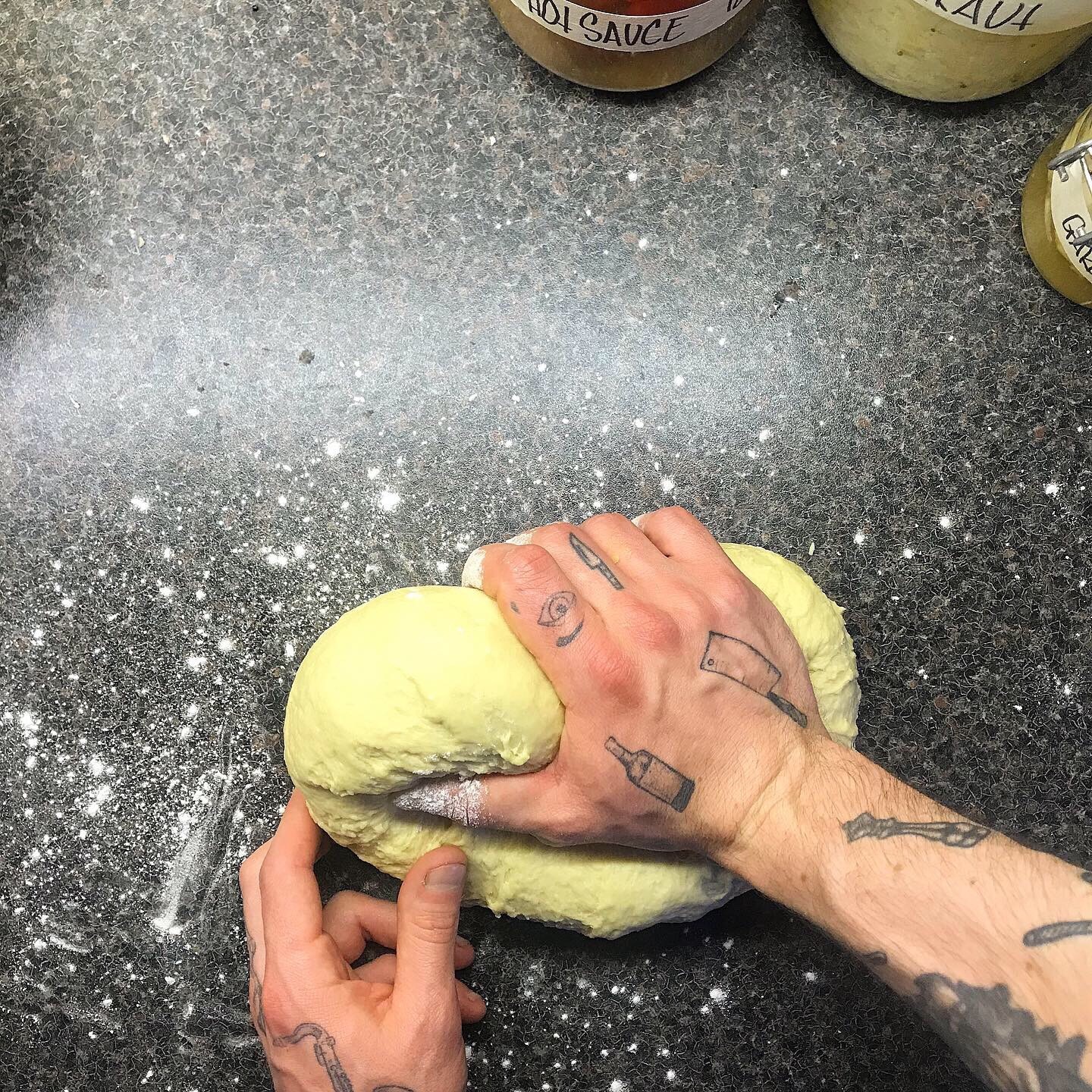broth.
mirepoix, bouquet garni and other french culinary terms to make you sound intellectual in front of your mates.
.
vegetable broth.
every broth starts with a mix of 2 parts onion, one part carrot & one part celery, otherwise known as a mirepoix. one large onion or two smaller onions, skin on, cut into quarters. peel the carrot and quarter. give your celery a good wash and roughly chop once or twice. this, along with a bouquet garni will form the base of flavour for your broth. classically, a bouquet garni is thyme and parsley stalks, wrapped and tied in a bay leaf. generally, i just fuck them into the pot (parsley with leaves intact) with 13 black peppercorns, a few juniper berries half a bulb of garlic and whatever other hardy, woody herbs I have around (think rosemary and sage over coriander or dill, lighter green herbs will disappear if added early on in the process, they are much better picked fresh and added at the end).
there are really no rules after that. just don’t go too far. keep it simple. i like to add leek, and fennel if i have some. pink peppercorns can give a nice kick, or star anise and szechuan for a more eastern flavour profile. avoid using ground spices as they give a grainy finish.
place all of your ingredients into a pot and add just enough cold water to cover the vegetables. make sure to take note of the amount of water you use as this will be important later on. put a lid on the pot and bring the water to a simmer (a few bubbles here and there), do not boil. roll a spliff and listen to black sabbath, relax for 20 minutes.
crack open some white wine, take a swig, then work out 10% of the amount of cold water it took to cover the vegetables and add that amount of wine. so, for example, 2l of water = 200ml of wine. you can use red if you want, but white will help keep that golden translucence you have been striving to achieve throughout this culinary voyage (i took more than a swig). cover and simmer for another 15 minutes. strain the liquid into your designated storage vessel. at this stage, i like to to eat the leftover vegetables straight out of the pot with a sprinkle of sea salt while standing over my kitchen sink with a can of cheap lager.
season your stock to taste with sea salt and freshly cracked black pepper. use it in sauces, soups or to deepen the flavour of other stocks. or simply eat it with a slice of fresh sourdough, generously lathered in butter, listening to prince in your underwear.
